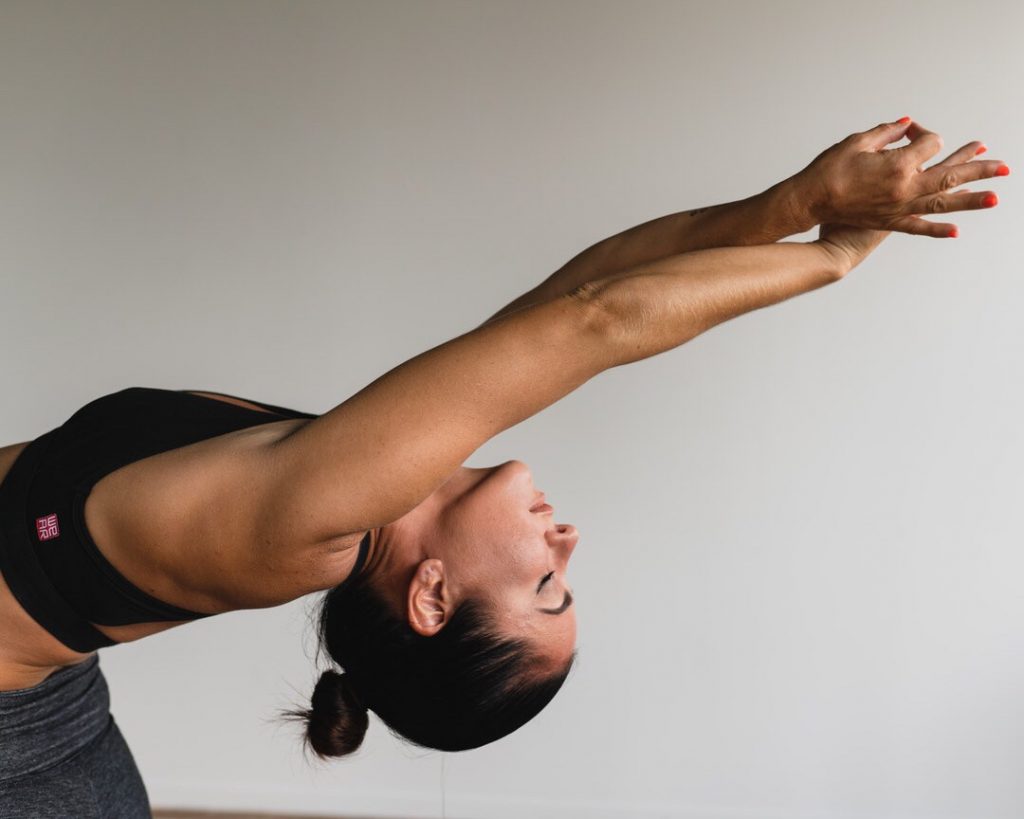
We all want to enjoy summer to the max, and that means more time outside, doing the activities and sports that warm sunshine offers. But each sport has specific demands on your body. A stretch routine after a ride, golf game or hike can make a difference in staying up to the task, especially as you age. Flexibility can decrease as much as 50 percent in some joint areas. The good news is that this loss of motion can be minimized with a regular stretching and range-of-motion routine.
For decades, coaches have thought that pre-exercise stretching was important for their athletes, and would prevent injury or muscle soreness. However, copious research on the topic of flexibility challenges that old belief. It is thought that due to an alteration in joint connective-tissue compliance, stretching before workouts may lead to greater joint instability.
What the research shows is that stretching will help you achieve positive long-term performance outcomes when done at times other than before performance. A warmup that increases blood flow, like arm circles, or leg swings, to get a mild sweat beforehand, is a better injury prevention component.
Your post-game stretches have to be specific to target the muscles that have been stressed or overused or have a reduced range of motion. Here are some tips to ensure that you end a great day outside energized, happy and loose.
Cycling: Stretch after you get off the bike
The quads and hips are big players in cycling, used powerfully and repetitively, and stretching afterward helps combat tightness. Cycling is different from other sports in that force is primarily produced as the muscles are shortening. In cycling, the pedal stroke doesn’t use the full range of motion of the hip, knee or ankle. Running, on the other hand, bends your knees as you raise your thigh, but straightens and extends your leg to push off the ground.
Cyclists also spend a lot of time bent over in the riding position, which puts the hip flexors in a shortened position. Short, tight hip flexors add to achy hips and backs. Tight hip flexors, particularly the deep-seated psoas, can pull forward and down on the lumbar spine. When that happens, you lose an important lower back curve. No wonder your back can hurt after a long ride. Aim for post-ride hip, low-back and chest stretches. You can view those at vimeo.com/343122017.
Golfing: Get loose
Flexibility is imperative to improving your golf swing. Without flexibility, you won’t have the range of motion to unlock any of the power you already have, or are working on. Picture a golfer, at the final moment of follow-through from a fairway shot. That person is, for the most part, opened and stretched in a fluid spiral line of energy. That takes optimal range of motion in joints or groups of joints.
In just one round of golf, you end up swinging a golf club up to 300 times, including practice swings, and at speeds upward of 90 mph. That’s a lot of stress on your muscles, tendons and joints! A pre-game 5- to 10-minute warmup provides essential preparation for your game. Walking around a practice tee, leg swings or arm circles are ways to loosen up for your game. A good warm-up increases blood flow to working tissue as well as velocity of nerve impulses to muscles. It should be relatively easy, inducing a mild sweat. Stretching is recommended after your game. Click on this link for a golf-specific flexibility routine: vimeo.com/343122336.
Connie Aronson is an ACSM-certified exercise physiologist at the YMCA in Ketchum. Learn more at www.conniearonson.com.https://www.mtexpress.com/wood_river_journal/features/fitness-guru/article_6eacb7c8-9377-11e9-9a99-5301d856d0cc.html
